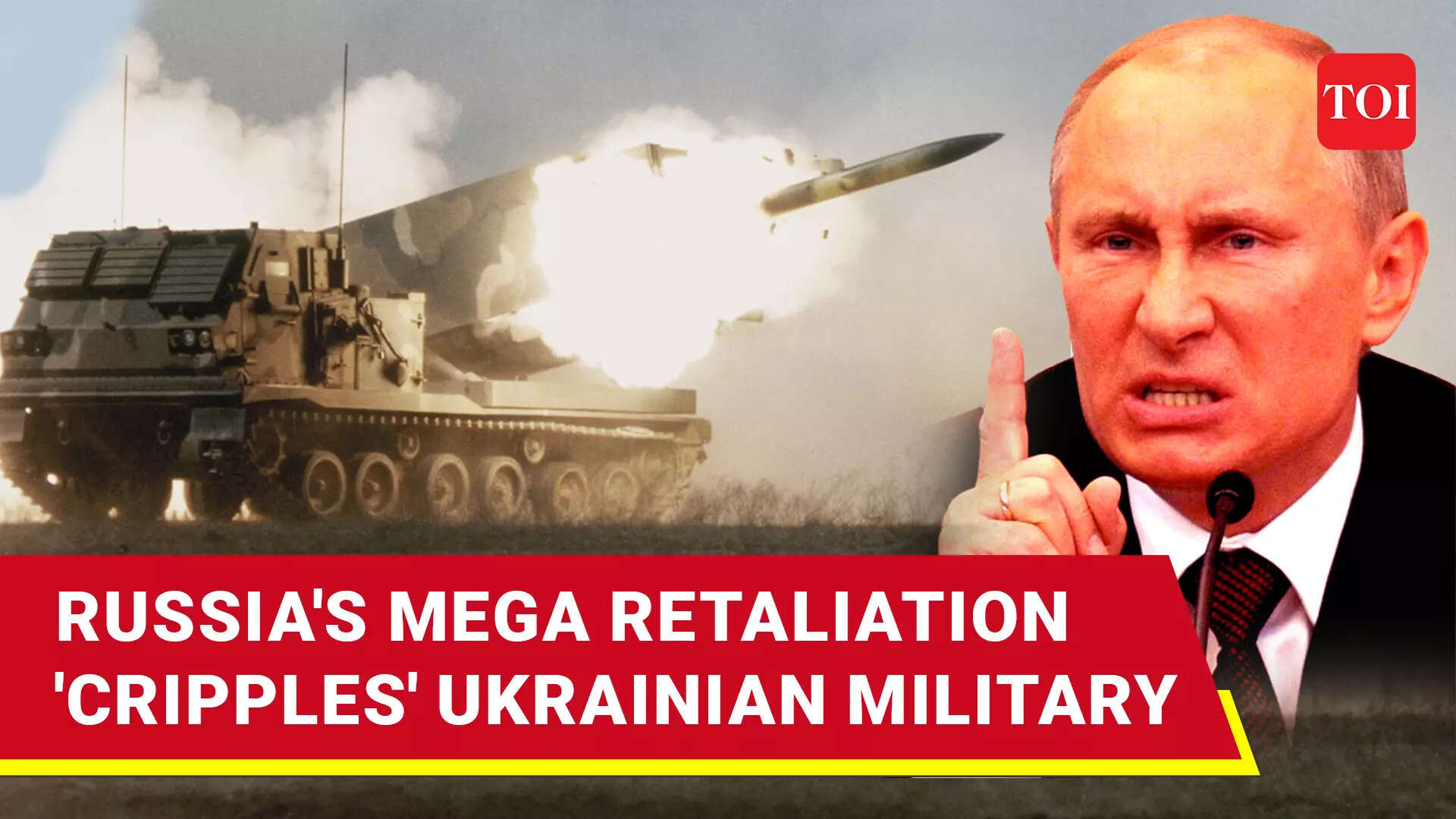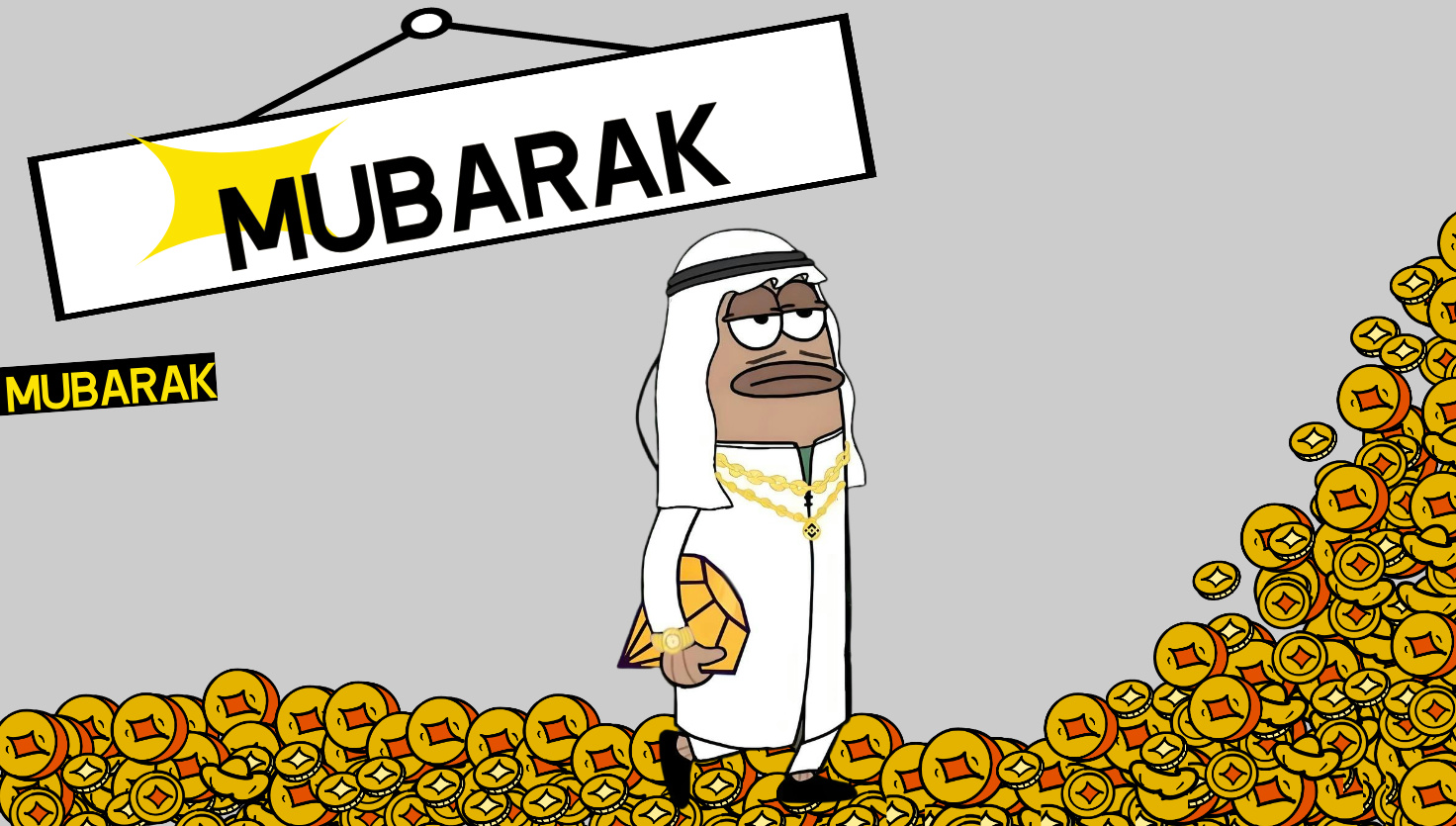Alright, folks, let’s break down the latest from the Russia-Ukraine conflict. It’s escalating, quickly resembling a brutal back-and-forth with neither side willing to blink. Russia’s Ministry of Defence is claiming to have decimated over 200 Ukrainian drones and taken out over 20 of Kyiv’s unmanned boats aimed at Crimea. Sounds impressive, right? But hold your horses.
Photo source:timesofindia.indiatimes.com
Ukraine isn’t sitting still. They’re countering with claims of downing a Russian Su-30 fighter jet in the Black Sea, a significant blow if confirmed. This was apparently achieved using naval drones in a daring operation involving special forces, the Security Service, and the Armed Forces. Over 100 clashes have been reported along the front lines.
This isn’t just about territory anymore; it’s about resource depletion and demonstrating strength. It’s a war of attrition, pure and simple.
Let’s dive a bit deeper into the significance of these naval drone operations:
Naval drones have quietly emerged as crucial assets in this conflict. They provide a relatively low-cost, high-impact solution for Ukraine to target Russian naval assets and infrastructure.
These drones are often designed for reconnaissance and attack, pushing the boundaries of naval warfare. Their small size makes them difficult to detect and counter.
The Su-30, a twin-engine fighter jet, is a powerful Russian asset. Losing one significantly impacts their air superiority and reconnaissance capabilities.
Finally, the increased frequency of attacks on Crimea signals Ukraine’s determination to challenge Russia’s control over the region and disrupt supply lines.
Bottom line? Both sides are digging in, escalating the intensity, and racking up the costs. Expect even more of this as we head further into spring. Prepare for volatility in energy markets and ongoing disruption to global supply chains. This isn’t a conflict that’s going to resolve quickly, unfortunately.







